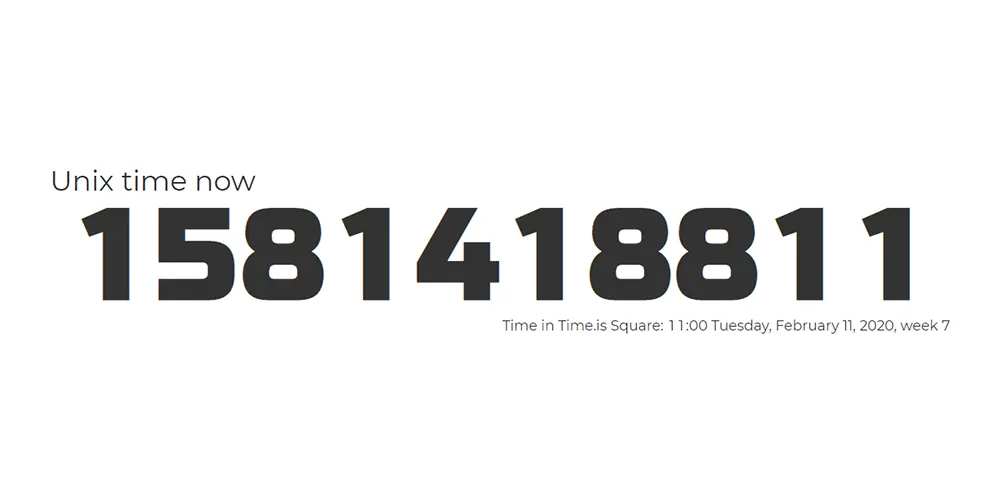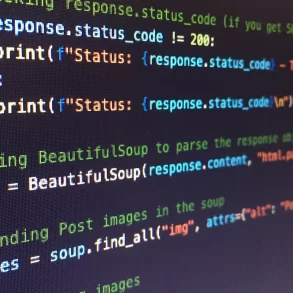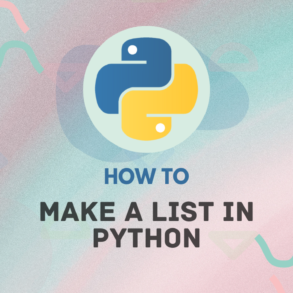What is Epoch Time? The Epoch time is the number of seconds that have elapsed since the start of the Unix epoch on January 1st, 1970. The current Unix epoch time is 1517443200. The next Unix epoch time will be 1517443201.
The Epoch time is used in many computer systems and protocols. It is also used as a reference point for other timestamps. For example, the creation date of a file is often stored as the number of seconds since the Epoch. This allows for easy comparison of files by their creation date.
The Epoch time is also used in some programming languages as a way to represent a point in time. This is because it is a simple integer that can be used to represent a date and time.
The Epoch time is also used in some networking protocols as a way to represent a time. This is because it is a simple integer that can be used to represent a date and time.
The Epoch time is also used in some databases as a way to represent a date and time. This is because it is a simple integer that can be used to represent a date and time.
Generate CSS3 Animation Tool with Bounce.jsThe Epoch time is also used in some operating systems as a way to represent the current time. This is because it is a simple integer that can be used to represent a date and time.
The Epoch time is also used in some software applications as a way to represent a date and time. This is because it is a simple integer that can be used to represent a date and time.
Why do we use epoch time?

We use epoch time because it is a universally recognized time standard. Epoch time is the number of seconds that have elapsed since 00:00:00 Coordinated Universal Time (UTC), Thursday, 1 January 1970, not counting leap seconds.
Timedropper a JQuery Time PluginUTC is effectively a replacement for Greenwich Mean Time (GMT). GMT is the mean solar time at the Royal Observatory in Greenwich, London. It was originally used as the international civil time standard but was replaced by UTC in 1972.
UTC is calculated by adding or subtracting an integer number of leap seconds to or from GMT as needed so that, at 0 hours UTC on the last day of a chosen month, the mean solar day is exactly 24 hours long. This ensures that every day has a mean solar day of exactly 24 hours to keep the rotation of the Earth synchronized with the day/night cycle.
The use of epoch time allows for a more accurate and consistent way of keeping time across different time zones. It also eliminates the need for time zone conversions, which can be complicated and error-prone.
Four of The Best Resources for Twitter BootstrapThere are a few different ways to represent epoch time. The most common is Unix time, which is the number of seconds that have elapsed since 00:00:00 UTC on 1 January 1970.
Unix time is often used in computer systems and software because it can be easily represented as a 32-bit or 64-bit integer. This makes it easy to store and manipulate Unix time values in software.
Another common representation of epoch time is Coordinated Universal Time (UTC). UTC is a time standard that is similar to GMT. It is calculated by adding or subtracting an integer number of leap seconds to or from GMT as needed so that, at 0 hours UTC on the last day of a chosen month, the mean solar day is exactly 24 hours long.
SVG Pattern Backgrounds PatternBoltUTC is the international standard for civil time and is used by many computer systems and software packages. It is also often used in place of GMT for time zone conversions.
Epoch time is a useful and widely used time standard. It is easy to represent and manipulate and eliminates the need for time zone conversions. It is the international standard for civil time and is used by many computer systems and software packages.
Why was the 1970 epoch chosen?
The 1970s were a turbulent decade. There were protests and social unrest. There were also great advances in technology and science. So why was the 1970 epoch chosen? The 1970s were a decade of change. In the political arena, there were the Watergate scandal and the Vietnam War. On the social front, there were the women’s liberation movement and the civil rights movement. There was also great progress in technology and science. So why was the 1970 epoch chosen?
There are a few reasons why the 1970 epoch was chosen. First, it was the start of the modern environmental movement. The 1970s saw the first Earth Day and the creation of the Environmental Protection Agency. Second, it was the decade when humans first set foot on the moon. Third, it was the decade when the personal computer was invented. And fourth, it was the decade when the internet was created.
So, the 1970s were a decade of change, progress, and turmoil. But in the end, the 1970s were chosen as the epoch because they were a pivotal moment in history.
What are the problems with Unix epoch time?
Unix Epoch time, also known as POSIX time or UNIX time, is a system for describing instants in time, defined as the number of seconds elapsed since 00:00:00 Coordinated Universal Time (UTC), Thursday, 1 January 1970, not counting leap seconds. Since its inception, it has been widely adopted as a standard timekeeping system in many computer operating systems and other environments.
However, there are some problems with Unix Epoch time that have caused confusion and interoperability issues.
One problem is that the Unix Epoch is not a constant length of time. It depends on the number of leap seconds that have been added to or subtracted from Coordinated Universal Time (UTC).
Leap seconds are added to keep UTC within 0.9 seconds of Universal Time (UT1), which is the mean solar time at the Royal Observatory in Greenwich, England.
As of June 2017, there have been 27 leap seconds added to UTC, which means that the Unix Epoch is currently about 2.7 seconds longer than it was when it was first defined in 1970.
This can cause problems when converting between Unix Epoch time and other time systems because the length of the Unix Epoch is not always known in advance.
Another problem with Unix Epoch time is that it does not take into account leap years. Each year has 365.24 days, but not all of those days are exactly 24 hours long.
Leap years have an extra day, February 29, to account for the fact that the Earth’s orbit around the sun is not precisely 365.24 days.
As a result, the Unix Epoch is about 365.2425 days long on average, but it is not an exact multiple of 24 hours.
This can cause problems when converting between Unix Epoch time and other time systems that do take into account leap years, such as the Gregorian calendar.
Finally, the Unix Epoch is also an issue for timekeeping in the future. The Unix Epoch will reach 100 years old on January 1, 2038.
On that date, the Unix Epoch will need to be reset, because the 32-bit signed integer that stores the number of seconds since the Unix Epoch will overflow.
resetting the Unix Epoch will cause problems for any software that uses it to represent time.
So, while Unix Epoch time is a simple and widely used system for representing instants in time, some significant problems need to be considered when using it.
What is Unix time?

Unix time, or “Unix Epoch time”, is the number of seconds that have elapsed since January 1, 1970 (midnight UTC/GMT). Essentially, it’s a way to keep track of time in a very precise way.
Unix time is used in many different places – most notably in Unix-based operating systems, which use it to track when files were created, modified, or accessed. It’s also used by developers for various purposes, such as checking how long a process has been running or measuring response times.
FAQs
The name “Unix time” comes from the fact that it was first used in the Unix operating system. In Unix, time is measured in seconds since the Unix Epoch, which is the time (in Unix time) when the Unix operating system was first installed.
Unix time is measured in seconds. More specifically, it is measured in seconds since the Unix Epoch.
There are many benefits of using Unix time. One of the most important benefits is that it is a very precise way of measuring time. Unix time is also used in many different places, which makes it very versatile.
One of the main drawbacks of using Unix time is that it is not very user-friendly. For example, if you want to know what the current Unix time is, you would need to type in a command to find out.
Overall, Unix time is a very precise way of measuring time. It has many benefits, but it also has some drawbacks.
An epoch timestamp is a timestamp that is used to represent the number of seconds that have elapsed since the start of a particular era. The most common epoch timestamp is the Unix epoch timestamp, which is used to represent the number of seconds that have elapsed since the start of the Unix epoch on January 1, 1970.







